May 25, 2022
This story was originally published by St. Stephens Indian Mission Foundation in VOL. XXXXIII JUL/AUG/SEPT 2013 NO. 3. St. Stephens Indian Mission Foundation owns the copyright, and the story is reprinted here with permission from the Foundation. More information on the Foundation can be found following the story or by clicking on the link above.
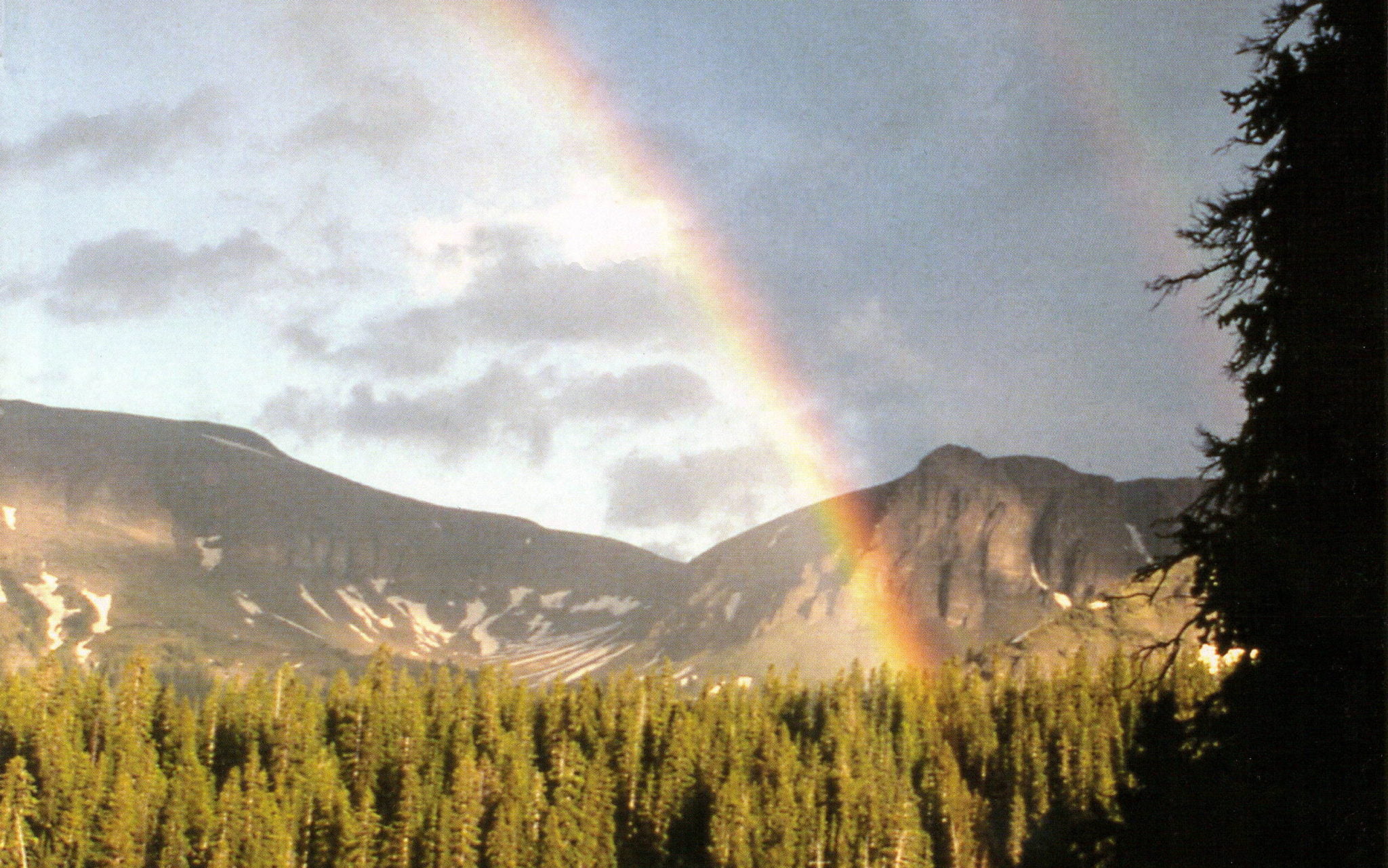
There are 15 designated wilderness areas in the State of Wyoming. The largest of these is named after the famous leader of the Shoshone tribe, Chief Washakie. This wilderness was established in 1972 and consists of 704,274 acres of beautiful country. Included are portions of the Bridger-Teton and Shoshone National Forests. It is bordered on the northwest by Yellowstone National Park, the Teton Wilderness to the West and the Wind River Indian Reservation on the South. Its eastern boundary is within the National Forest. Within this vast wilderness can be found a diversified geography, numerous types of wildlife and evidence of human activity dating back for centuries.
Chief Washakie picked the Wind River valley for his reservation and it is now bordered on three sides by wilderness areas. The mountain ranges of the Absaroka to the north and east and the Wind River Range to the west, are geographically as different as night and day. The Wind River Range is rugged and steep with a number of large glaciers, towering peaks and numerous lakes. The Absaroka Range is rugged in a different way, consisting in part, of huge plateaus with valleys cut deep between them exposing the volcanic make up of this range. As with any wilderness there is a special beauty and appeal that draws people. The Washakie Wilderness ranges in elevation from 6,600 feet to 13,153 feet. The huge plateaus are nearly all void of timber with vegetation only a few inches high. From these vantage points the vistas seem to be nearly endless.
In this issue, we would like to share with you a small piece of this wilderness and show the uniqueness that has drawn people to this area for centuries.

Wilderness areas are established in order to preserve the wild and natural beauty from development and changes except that done by nature. These areas provide an escape from the modern world. People have become so accustomed to technology that for some an extended trip into the wilderness is more fearful than a relaxed adventure. All the items you might need have to be carried on your back or on that of a pack animal. There is always the thought of needing something and being miles and days from the source. On the other hand, there is a freedom felt from leaving things behind, however important, for the short time you are away. The feeling of being isolated from the modern world lessens and you start to appreciate the quiet surroundings. As you start to relax, your senses seem to become sharper. You are able to see more details in nature. The smell of wildflowers and pine trees is more obvious. You start to hear the sound of nature more clearly; the different birds and animals as they communicate with each other, the sounds of falling water and wind in the trees. It often takes several days to re-adjust the senses that have become accustomed to the sights, sounds and dangers of city life. Each person who travels into the wilderness has a different reaction to it. Some can’t wait to get out and back into the security of being surrounded by people. For others, there is the draw to see what is over the next ridge and explore deeper into this natural world for as long as time will allow. There is so much to see and places to explore and never enough time to do it all before obligations draw us back to civilization.
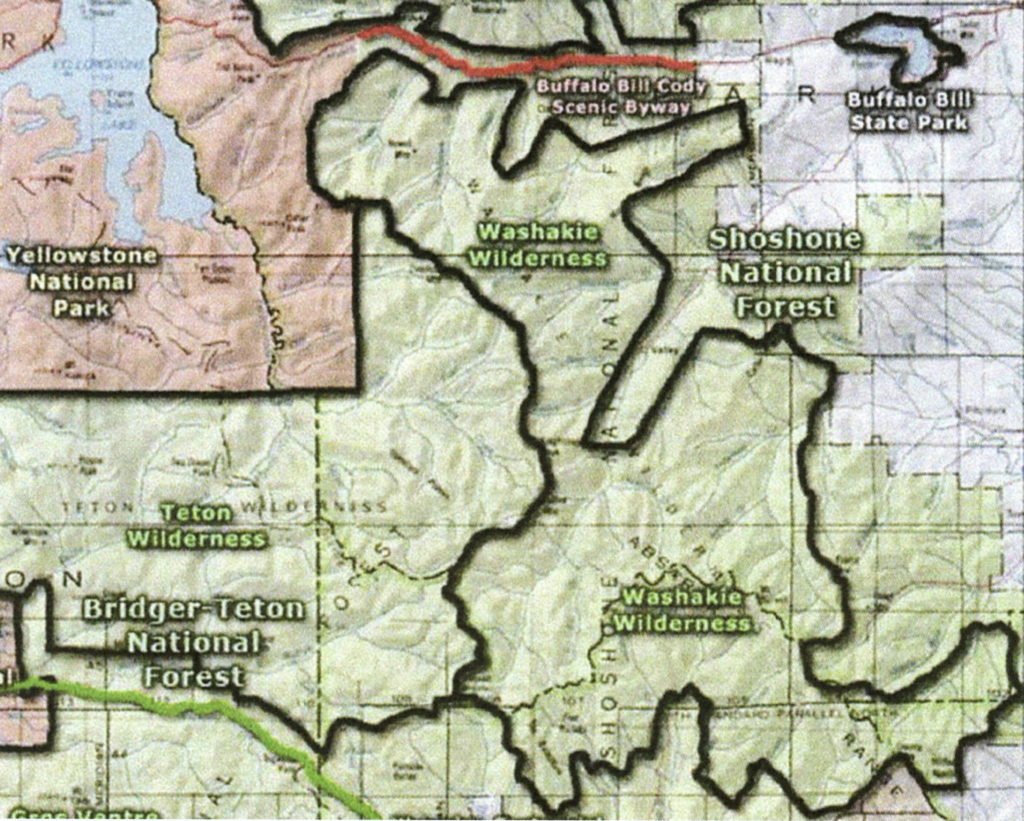
It is quickly realized, once you enter the wilderness, that you are simply a visitor and nature is in control. Weather conditions can change in a matter of hours and storms can be more impressive at these higher elevations. You quickly learn to observe and react to the often fast changing weather conditions. A person can leave civilization on a hot July day and be knee deep in a snow field before reaching an intended campsite that same day. Snow depths and the length of time they remain vary from year to year. Some years, these snowfields can be difficult to cross, but once through the drift the plateau will be dry. Some of the plateaus are huge and nearly flat. Most of these plateaus are not easily or safely exited at any random location. The panoramic view is breathtaking; it looks like you can see forever. You can see places off in the distance and wonder if any human has ever stood there. On calm clear days, it seems you have gotten as close as you can to heaven and still be on earth. Caught on that same plateau in a storm, you might wonder whatever possessed you to work that hard to be so cold and miserable. But many of the summer storms pass hard and fast and once again the world is bright, beautiful and refreshed.
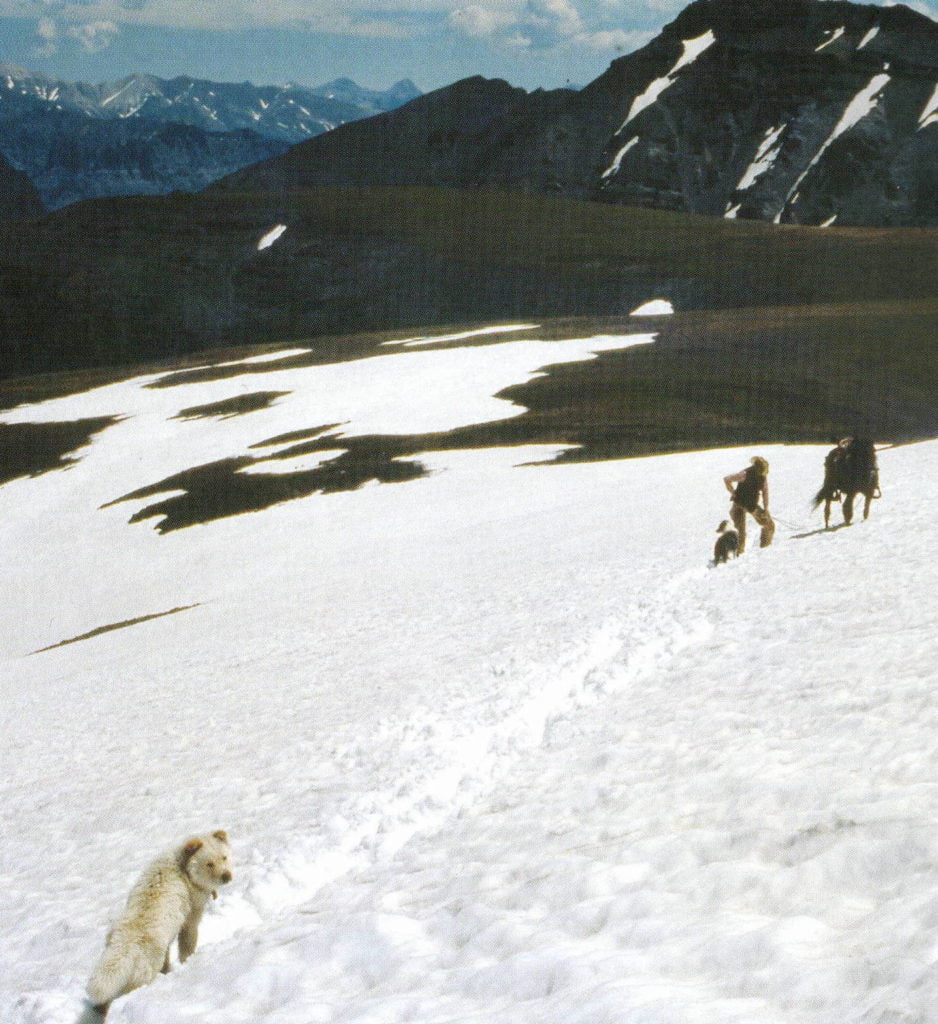
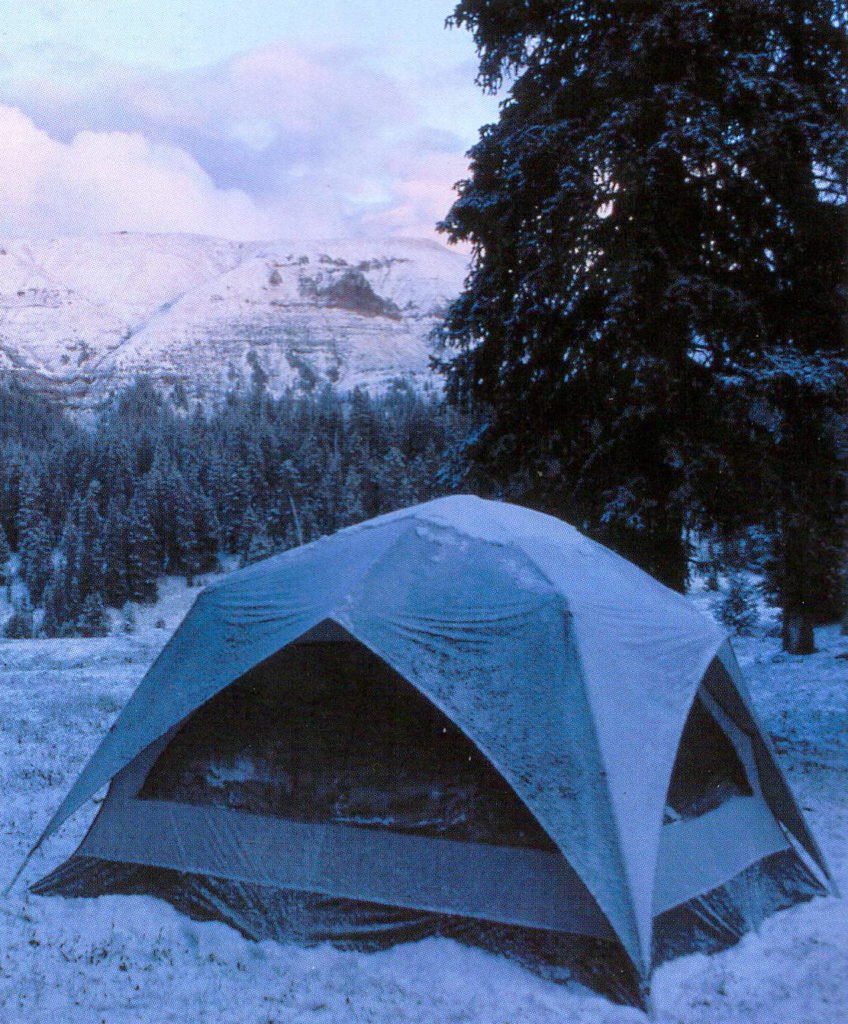
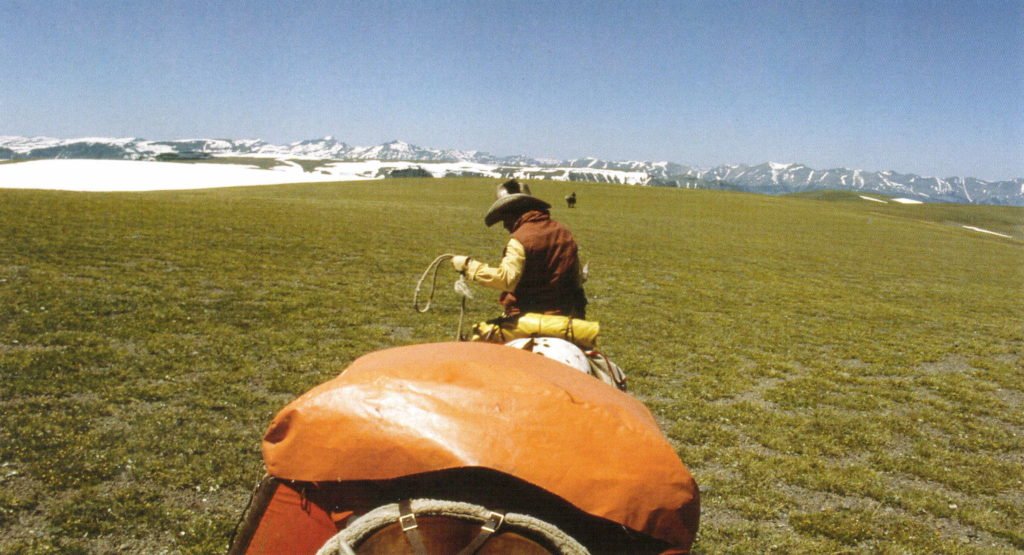
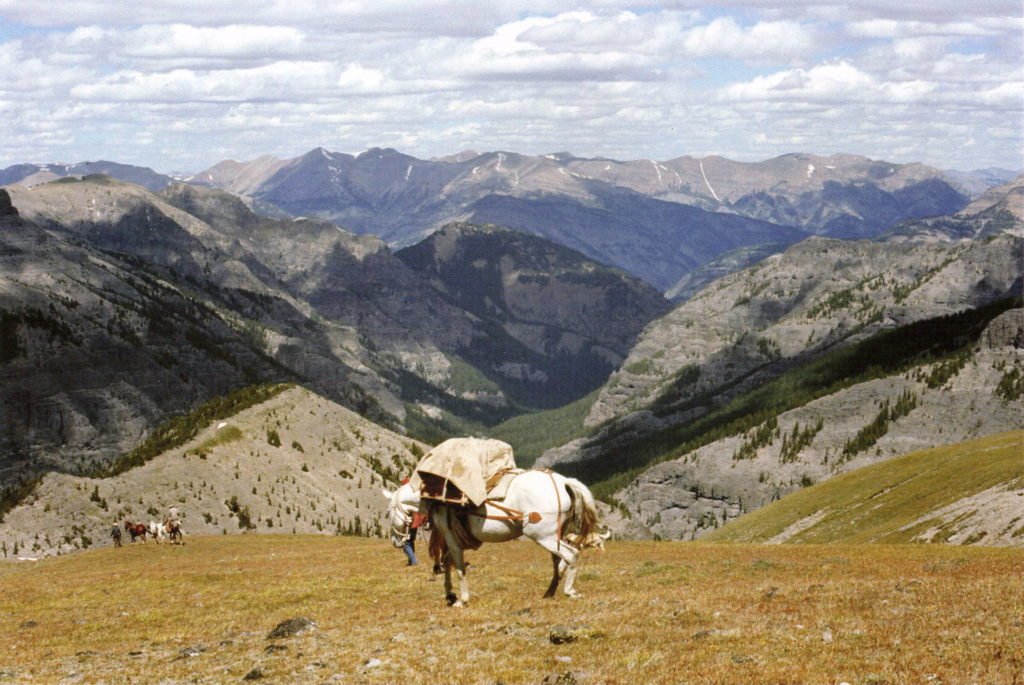
The volcanic activity that formed this wilderness area is visible in the steep canyon walls. It provides a look back into history. Ancient forests of huge trees are still incased in the lava. Time and the elements have exposed some of them and in places they are still standing. The sizes of these ancient trees dwarf the mature trees of today that are growing near them. In other places there can be found petrified trees freed from the lava that have broken in various lengths. Some have broken in lengths that would be the right size for firewood. Others, through the action of moisture freezing and expanding, have split these sections as it done with an axe, making them look even more like pieces of firewood. The early mountain men came back to civilization with stories of the amazing sights they had seen. Jim Bridger told of seeing a petrified forest. Many took it as one of his tall tales that were hard to believe. Had he ended his tale there and not added that there were petrified birds singing petrified songs, his story might have been more accepted.
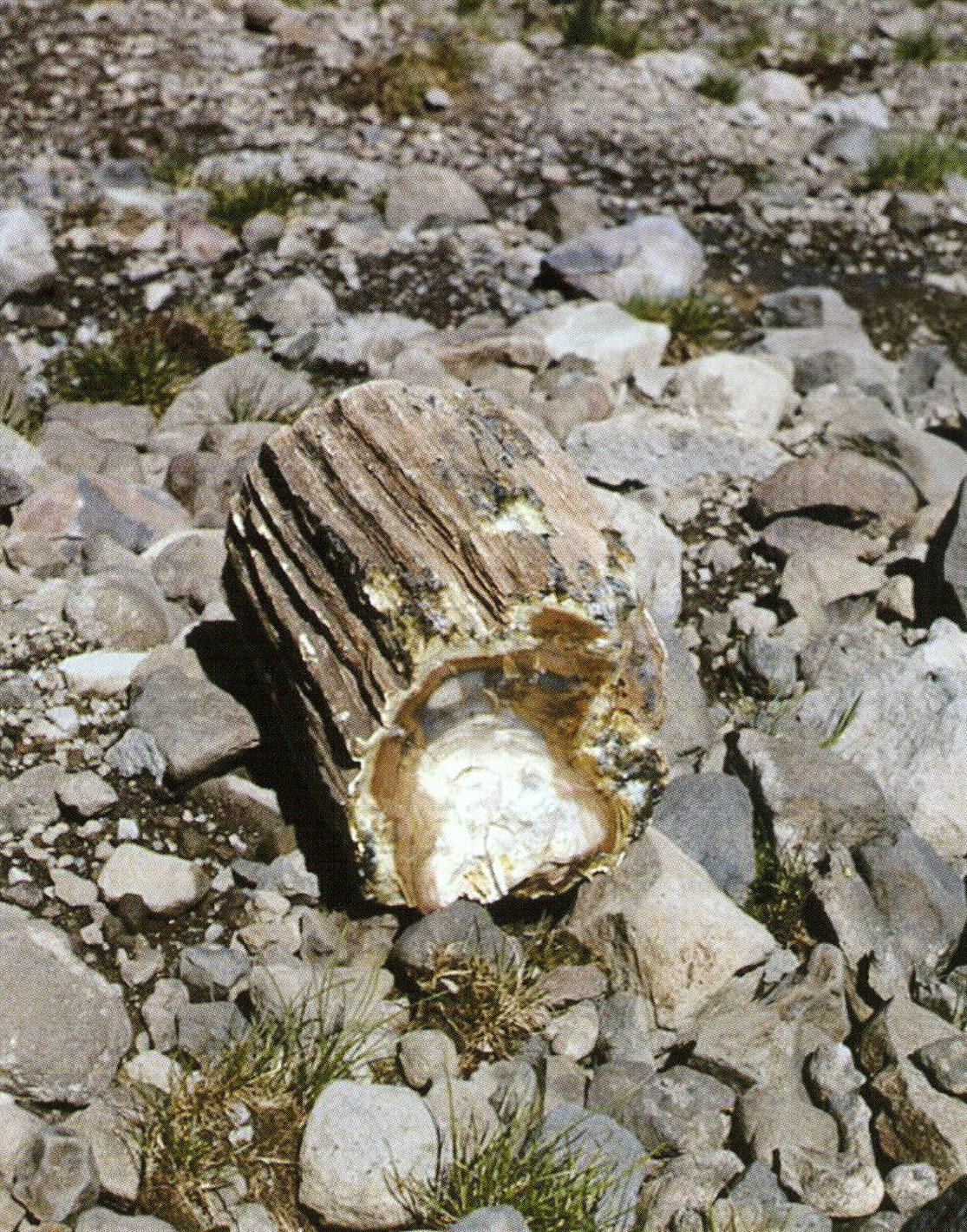
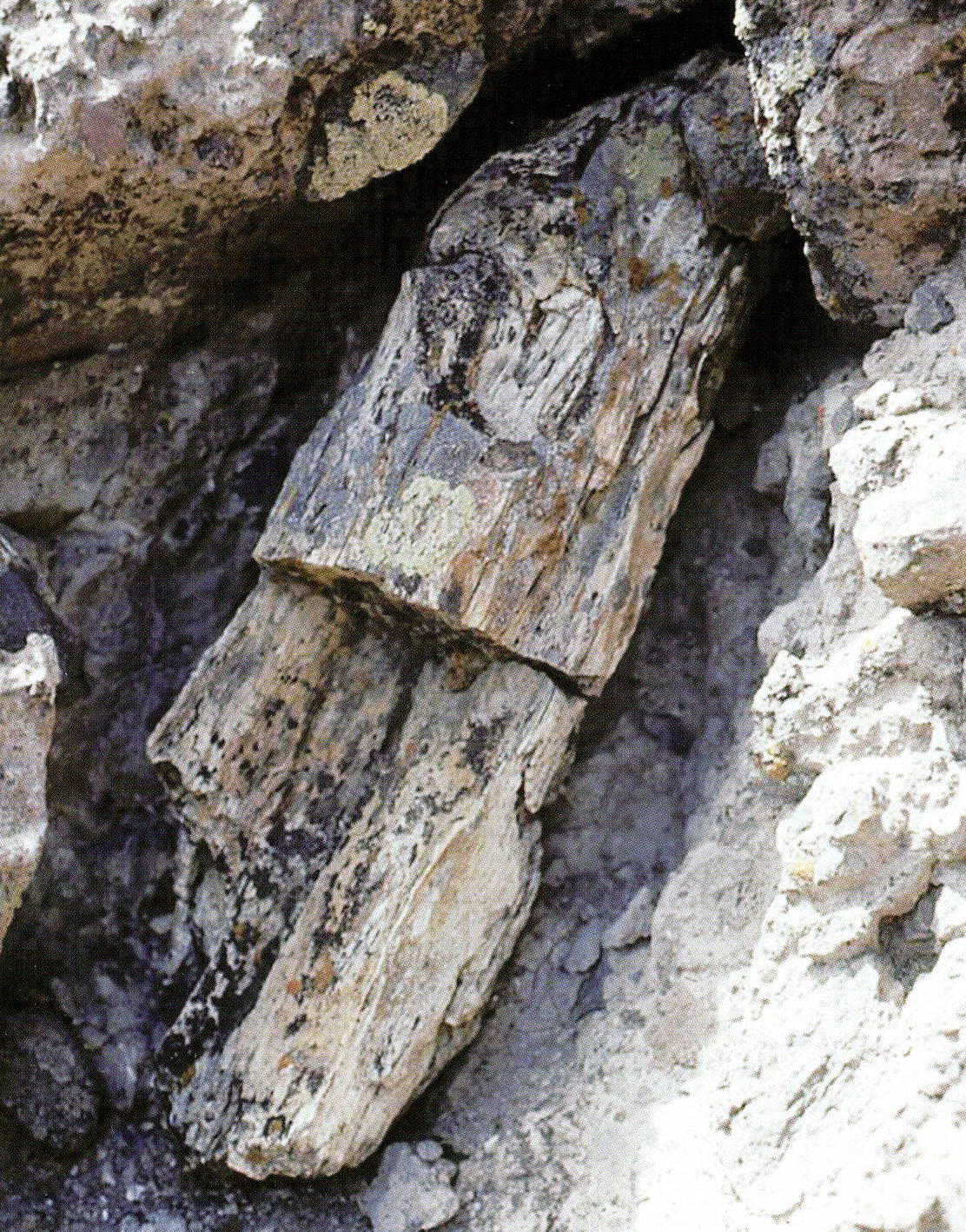
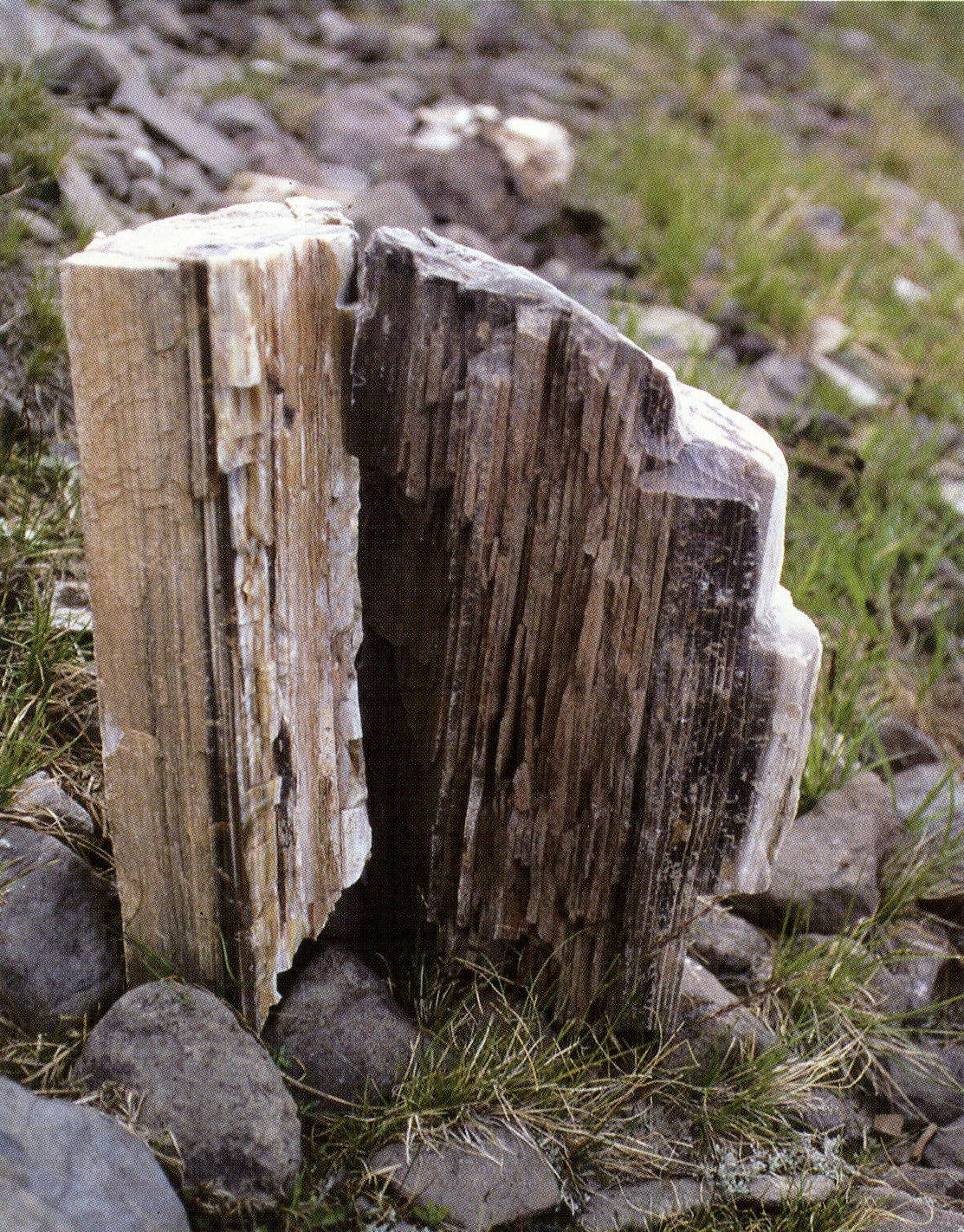
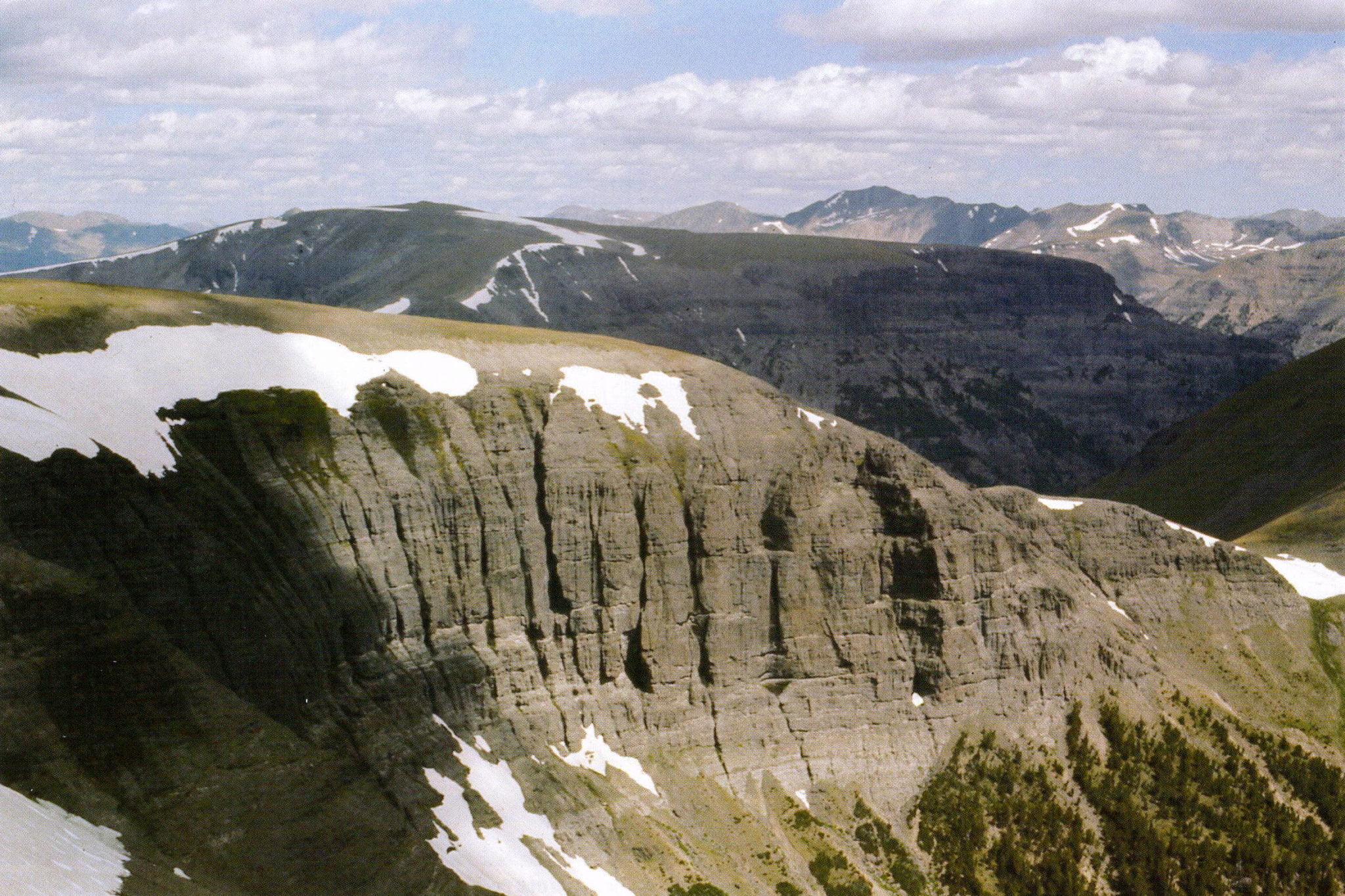
Long before the arrival of the fur trappers, different tribes traveled through these mountains. From the evidence that remains, it appears some groups spent more time in the area than others. High in some mountain basins and ridges can be found stone structures that would have taken time to build. These sites give credit to the theory that more time was spent in the vicinity and possibly utilized from year-to-year. In other areas, the remains of teepees and stacks of teepee poles might be evidence of parties passing through and spending less time in the area. It took time to gather the needed poles and, seeing how some were stacked to preserve them from the elements, could have meant there was a plan to reuse them on a return trip or the next season. None of the sites were permanently occupied due to their elevation. The deep snows of winter forces animals and humans alike to lower elevations.
Trees made of stone and mountains of glass can be scientifically explained today, but one can only wonder how these amazing finds were viewed by those early people.
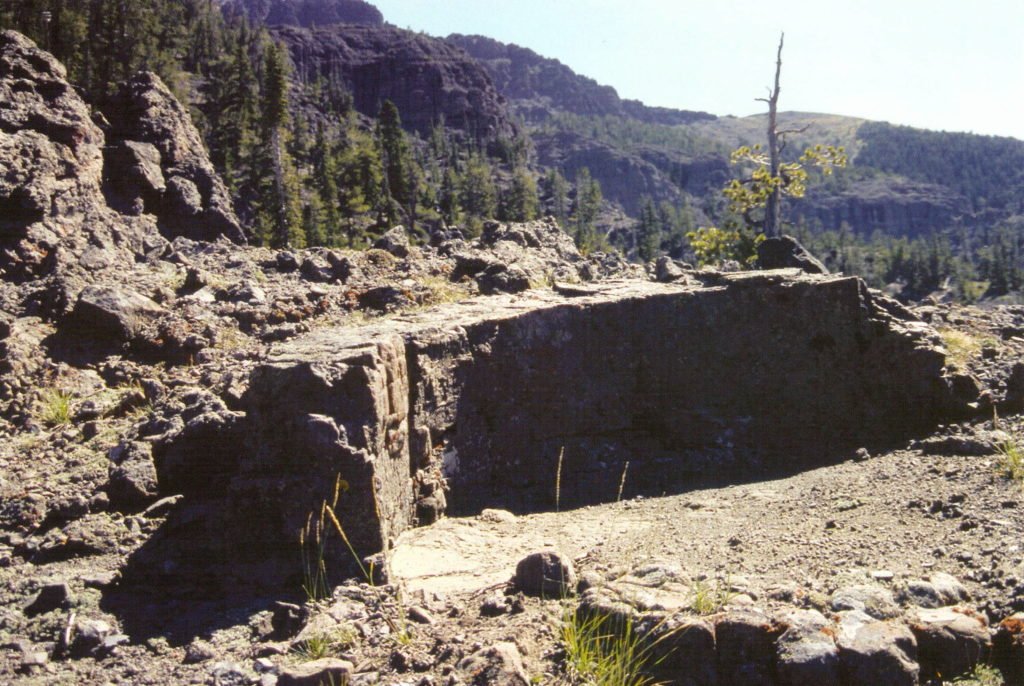
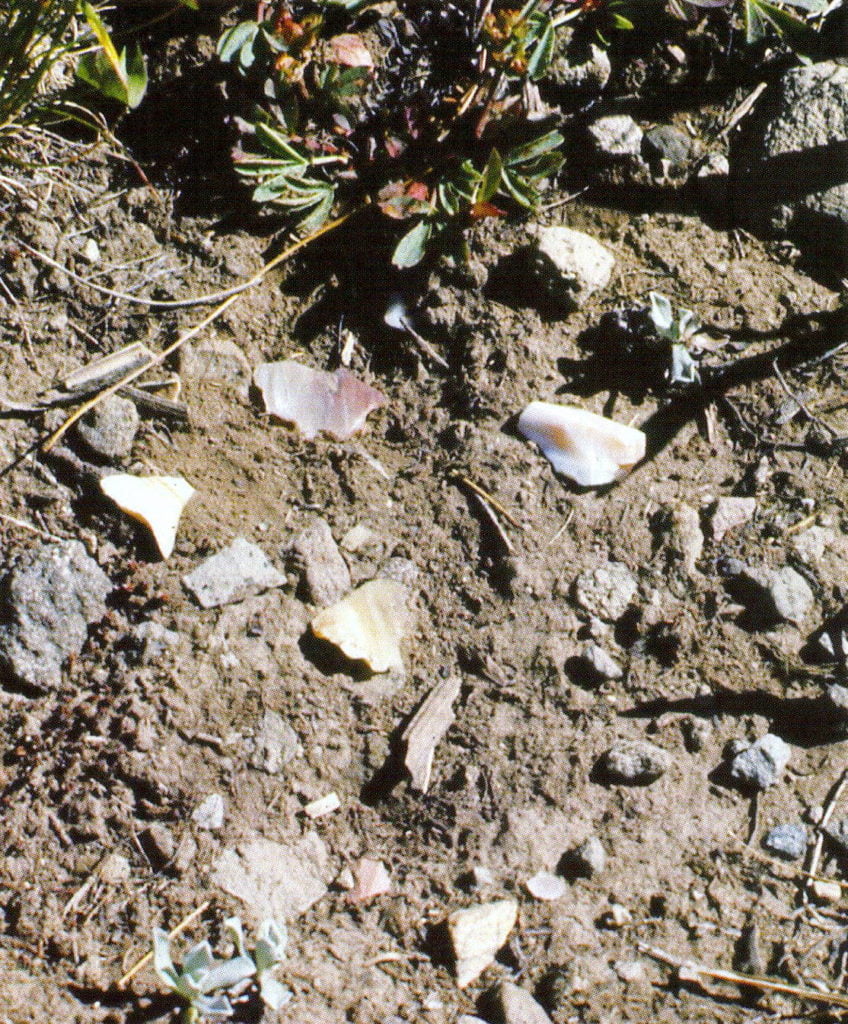
Campsites have nearly always been picked for many specific reasons. The availability of a fresh water supply is a key factor. Grass and security for stock, if they are being utilized, is another important consideration. An area protected from the elements makes for a more comfortable camp. A spot picked today may, at first glance, seem to have never been used. However, on closer observation, many campsites reveal stone chippings that seem to tell the silent story of ancient visitors to these high mountain basins. Early visitors had found this an ideal camping spot. On the edge of the plateaus surrounding these high basins are lone rocks or outcroppings that provide shelter and a place to view the basin below. In some locations, the amount of chipping and the variety of different types of stones suggest it might have been a popular spot used over a number of years. As you sit and gaze at the chippings you wonder what the person was like who did the knapping. What kind of tool or projectile point was being made? What did the final piece look like and where did it end up? Other thoughts come to mind: where was the hunter’s camp? or how many were in the party? What different game animals did they see feed out into the basin? Were they able to stalk and harvest an animal to provide for their family? These are special spots you may never find again.
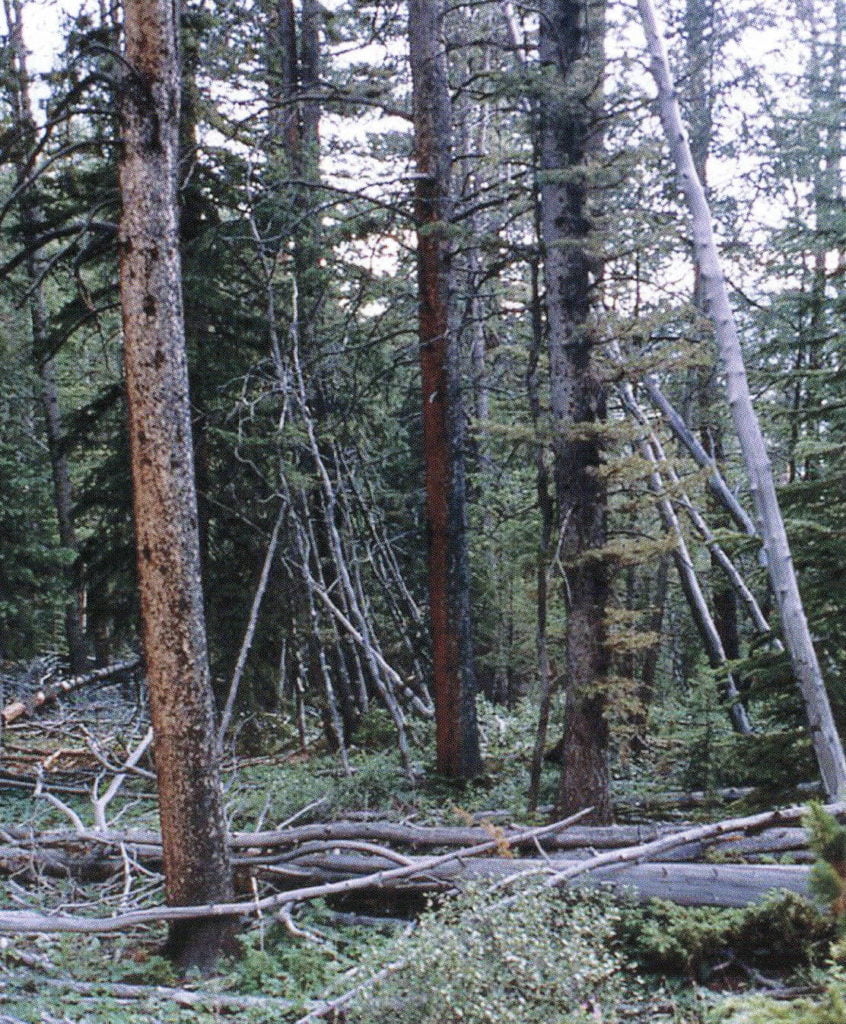
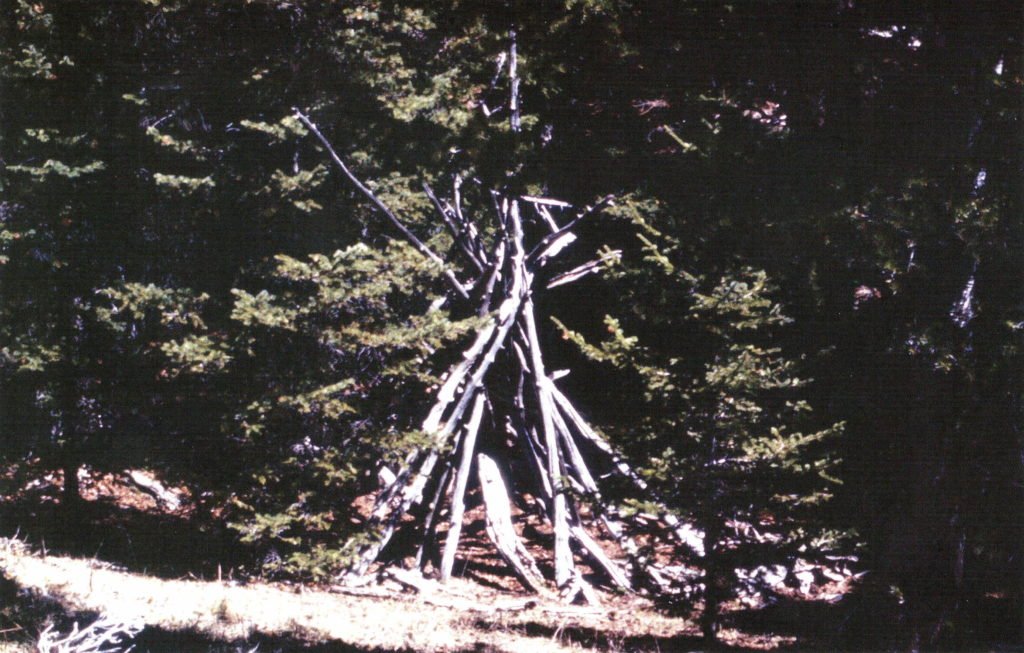
The varieties of wildlife that can be found in the region today are some of the same species that provided food, clothing and utensils for those earliest people who lived in these mountains. The mountain sheep, deer, elk, bear and moose still find this an ideal place to live and flourish. The high mountain grasses still provide nourishment as they have for centuries. The open plateaus and rugged slopes still have the wind that keep the flying insects at bay as well as ideal vantage points from which to rest and watch. The streams are still crystal clear and abundant throughout the area. The trails made by the earliest herds remain in use today by both animals and humans alike. These ancient paths connected bedding areas to food and water sources usually by the most direct and safest routes. The more wilderness trails you travel the greater appreciation you have for the beautiful world of nature. There is a feeling of being close to the loving and gracious Creator who is responsible for it all. You leave the wilderness with memories that will gladden your heart for a lifetime.
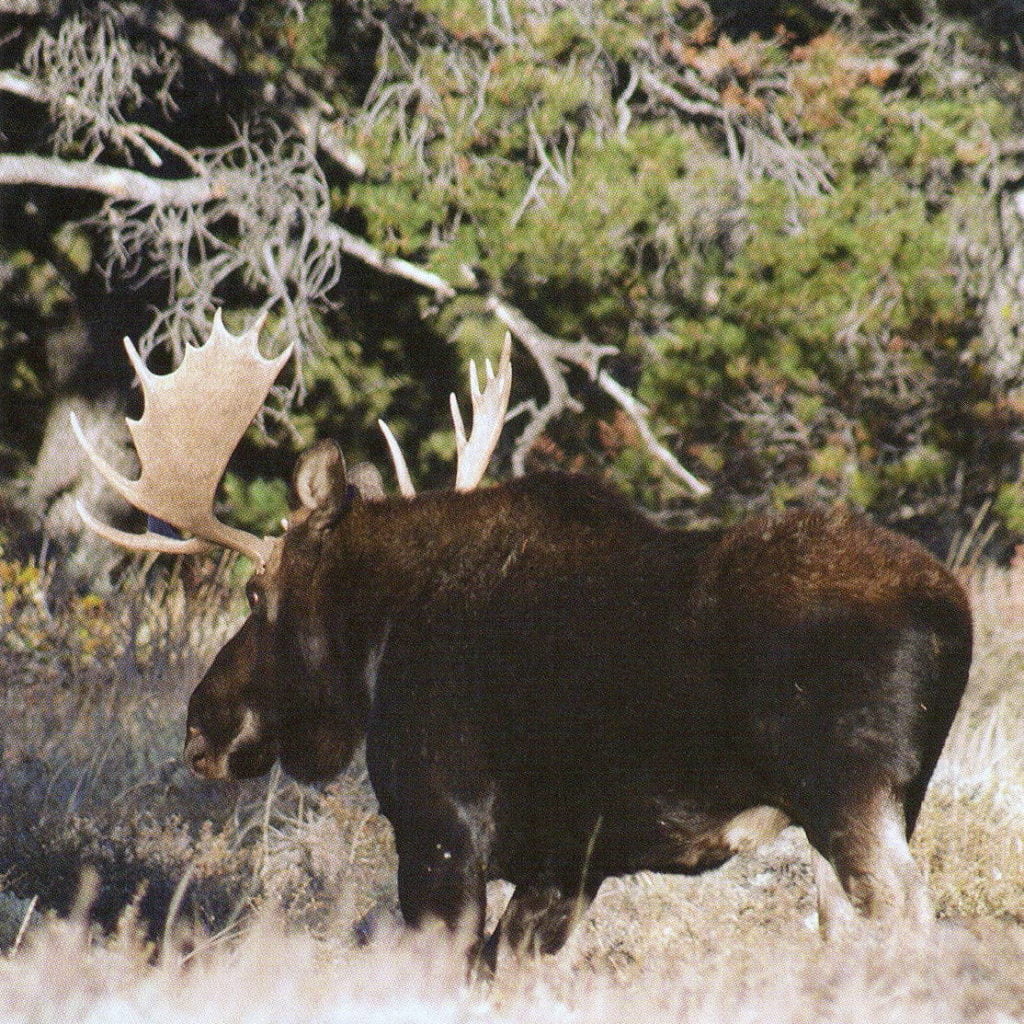
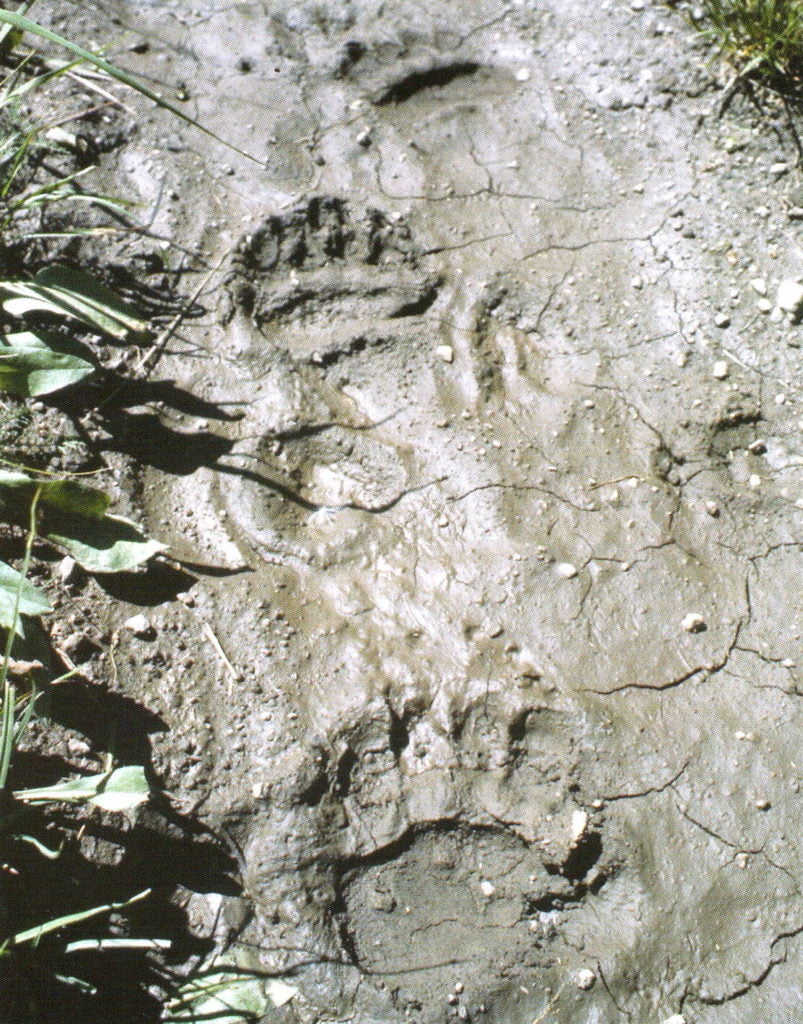
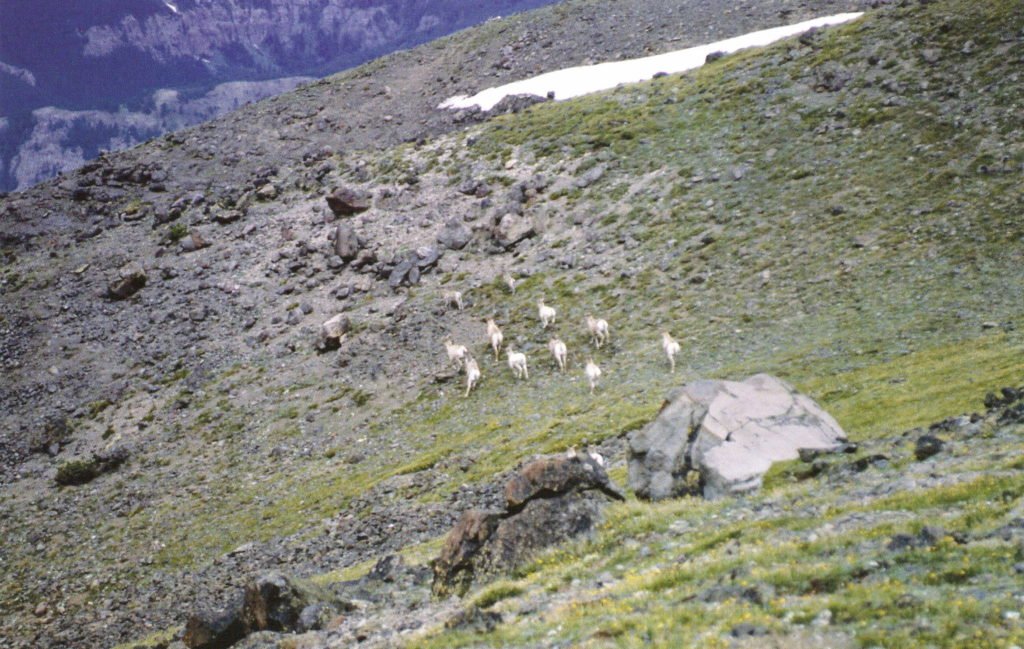
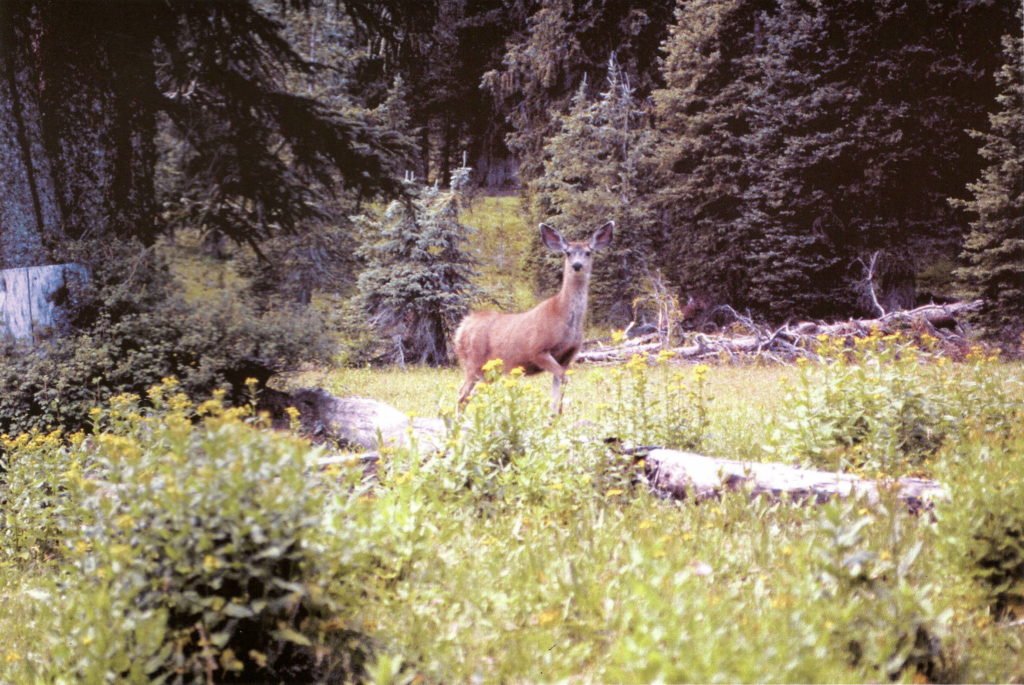
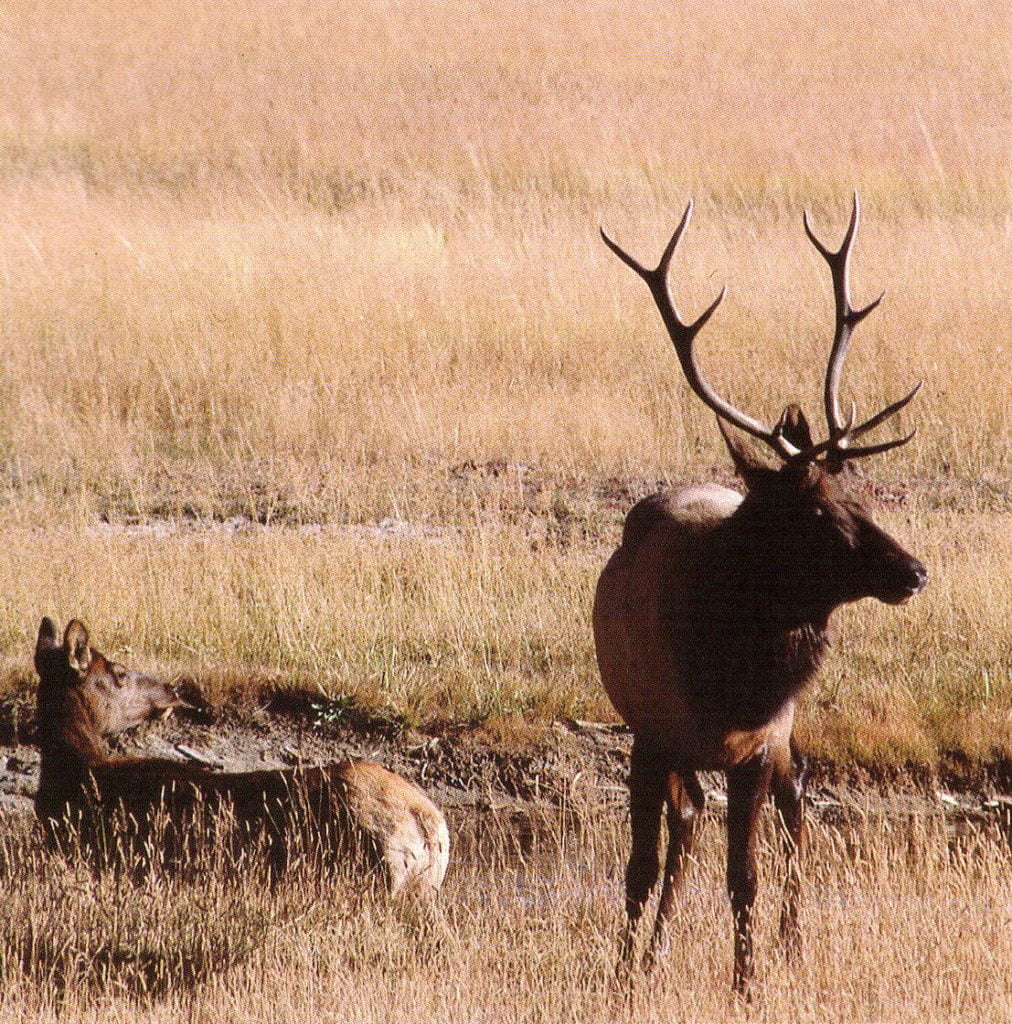
St. Stephens Indian Mission Foundation is a non-profit organization, incorporated under the laws of the State of Wyoming on March 31, 1974, and listed on page 184 of the 1993 OFFICIAL CATHOLIC DIRECTORY. The sole purpose of the foundation is “to extend financial support to St. Stephens Indian Mission and its various religious, charitable and educational programs and other services conducted primarily for the benefit of the Northern Arapaho and Eastern Shoshone Tribes on the Wind River Indian Reservation.”
Posted in Notes From the Field